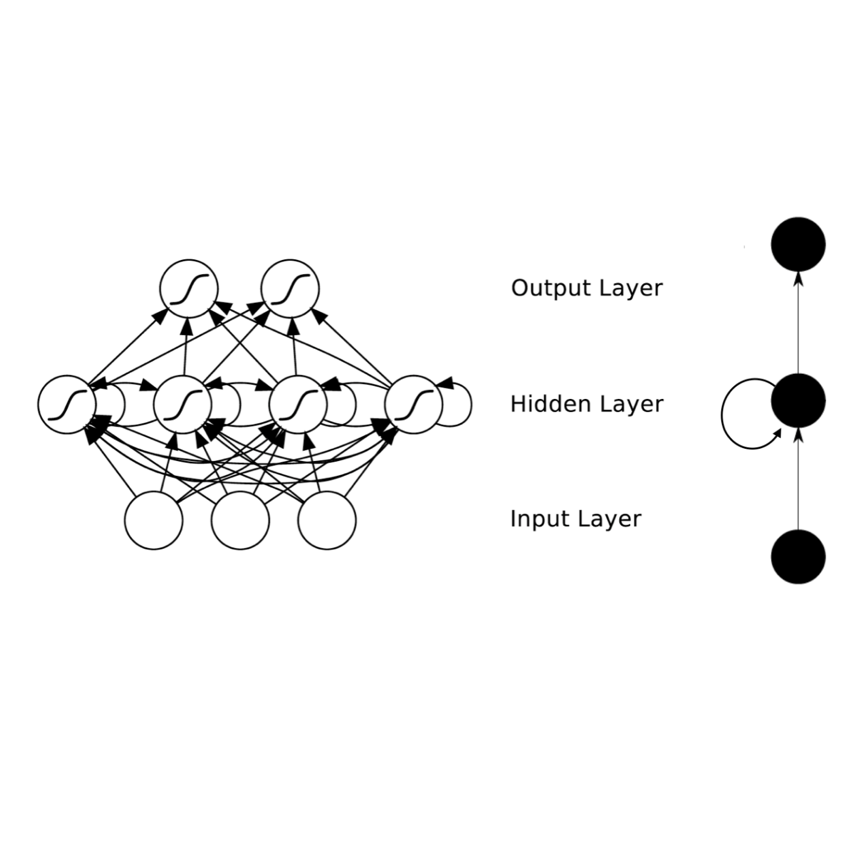Human motion prediction from motion capture data is a classical problem in the computer vision, and conventional methods take the holistic human body as input. These methods ignore the fact that, in various human activities, different body components (limbs and the torso) have distinctive characteristics in terms of the moving pattern. In this paper, we argue local representations on different body components should be learned separately and, based on such idea, propose a network, Skeleton Network (SkelNet), for long-term human motion prediction. Specifically, at each time-step, local structure representations of input (human body) are obtained via SkelNet's branches of component-specific layers, then the shared layer uses local spatial representations to predict the future human pose. Our SkelNet is the first to use local structure representations for predicting the human motion. Then, for short-term human motion prediction, we propose the second network, named as Skeleton Temporal Network (Skel-TNet). Skel-TNet consists of three components: SkelNet and a Recurrent Neural Network, they have advantages in learning spatial and temporal dependencies for predicting human motion, respectively; a feed-forward network that outputs the final estimation. Our methods achieve promising results on the Human3.6M dataset and the CMU motion capture dataset.
翻译:从运动抓取数据中得出的人类运动预测是计算机视觉的一个典型问题,传统方法将整体人体作为输入。这些方法忽略了以下事实:在各种人类活动中,不同的身体组成部分(立体和躯体)在移动模式方面具有独特的特征。在本文中,我们主张,不同身体组成部分的局部代表应分别学习,并根据这种想法提议一个网络,即Skeleton网络(SkelNet),用于长期人类运动预测。具体地说,在每一个时间步骤上,通过SkelNet各组成部分的分支获得输入(人体)的地方结构表示(人体),然后,共享层利用当地空间表示来预测未来人类表面。我们的SkelNet是首先使用当地结构表示来预测人类运动的形态。然后,为了短期人类运动预测,我们提议第二个网络,称为Skeleton Temoral Net(Skelton Tyalal),由三个组成部分组成:SkelNet和一个经常的神经网络,它们具有学习空间和时间依赖性的优势,以预测人类运动的最后预测空间和时空基数据结果,分别用于预测人类运动的结果。











